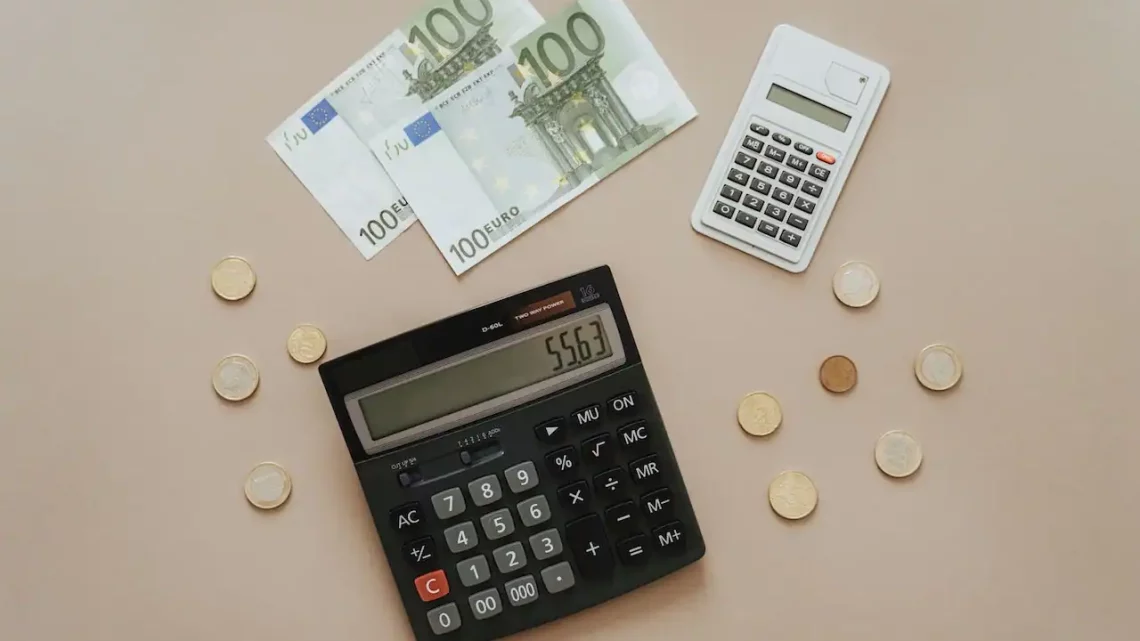
Find out How Much Capital Gains Tax You’ll Owe This Year
August 4, 2023With the end of the year fast approaching, now is the time to start thinking about your taxes. One important thing to keep in mind is capital gains tax. This is a tax on the profit you make from selling assets, such as stocks, bonds, and real estate. If you’re planning on selling any assets this year, it’s important to know how much capital gains tax you’ll owe. Here’s a quick guide to help you out.
What is capital gains tax?
Capital gains tax is a tax on the profit you make when you sell an asset for more than you paid for it. The tax rate you pay on your capital gains depends on how long you held the asset and your income. If you’re in the 10% or 15% tax bracket, you’ll owe 0% on long-term capital gains. If you’re in the 25%, 28%, 33%, or 35% tax bracket, you’ll owe 15% on long-term capital gains. And if you’re in the 39.6% tax bracket, you’ll owe 20% on long-term capital gains.
How is capital gains tax calculated?
Capital gains tax is calculated on the profit you make from selling an asset, such as a stock, bond or piece of real estate. The amount of tax you owe depends on how long you held the asset and what tax bracket you’re in. If you’re in the 10% or 15% tax bracket, you’ll owe 0% on long-term capital gains. If you’re in the 25%, 28%, 33% or 35% tax bracket, you’ll owe 15% on long-term capital gains. And if you’re in the 39.6% tax bracket, you’ll owe 20% on long-term capital gains.
Who pays capital gains tax?
If you sell an asset for more than you paid for it, you may have to pay capital gains tax. The amount of tax you owe depends on a number of factors, including the type of asset you sell, how long you’ve owned it, and your tax bracket. You can use the Capital Gains Tax Calculator to estimate how much tax you’ll owe on your capital gains.
Why do we pay capital gains tax?
Capital gains tax is a tax that is levied on the profit that is realized from the sale of an asset. The asset can be a piece of property, a stock, or a bond. Capital gains tax is charged at a lower rate than income tax, which is why many people choose to invest in assets rather than earn income. The capital gains tax rate can vary depending on the country in which you live, but it is typically between 15% and 20%.
How can I reduce my capital gains tax liability?
If you’re looking to reduce your capital gains tax liability, there are a few things you can do. First, try to hold onto your investments for at least a year before selling them. This will help you qualify for the long-term capital gains tax rate, which is lower than the rate for short-term gains. You can also take advantage of tax-loss harvesting, which involves selling investments that have lost value in order to offset capital gains from other investments. Finally, make sure to take into account all of the deductions and credits that you’re eligible for. By taking these steps, you can minimize your capital gains tax liability and keep more of your hard-earned money.
With the end of the year fast approaching, now is the time to start thinking about your taxes. One important thing to keep in mind is capital gains tax. This is a tax on the profit you make from selling assets, such as stocks, bonds, and real estate. If you’re planning on selling any assets this year, it’s important to know how much capital gains tax you’ll owe. Here’s a quick guide to help you out.


